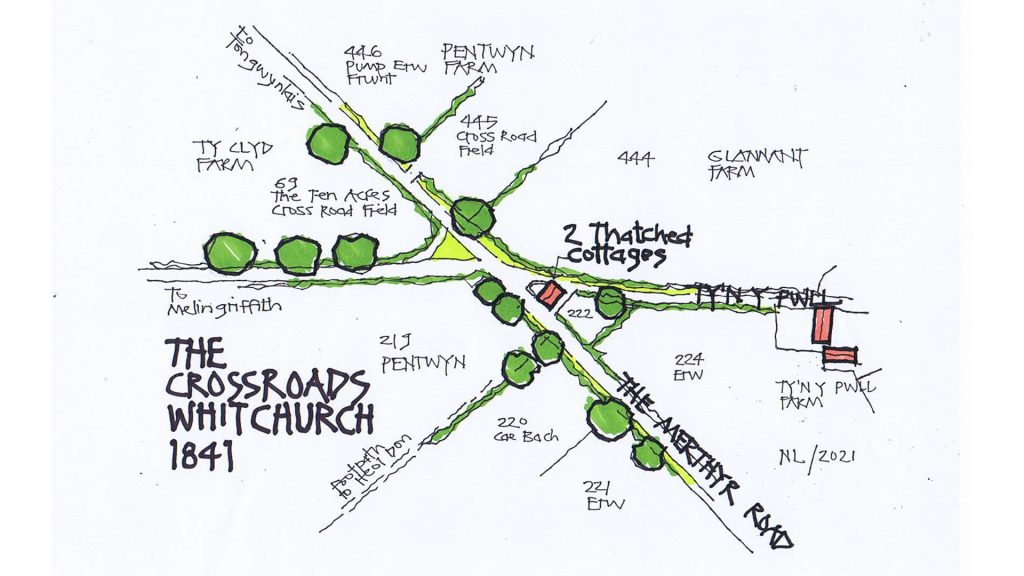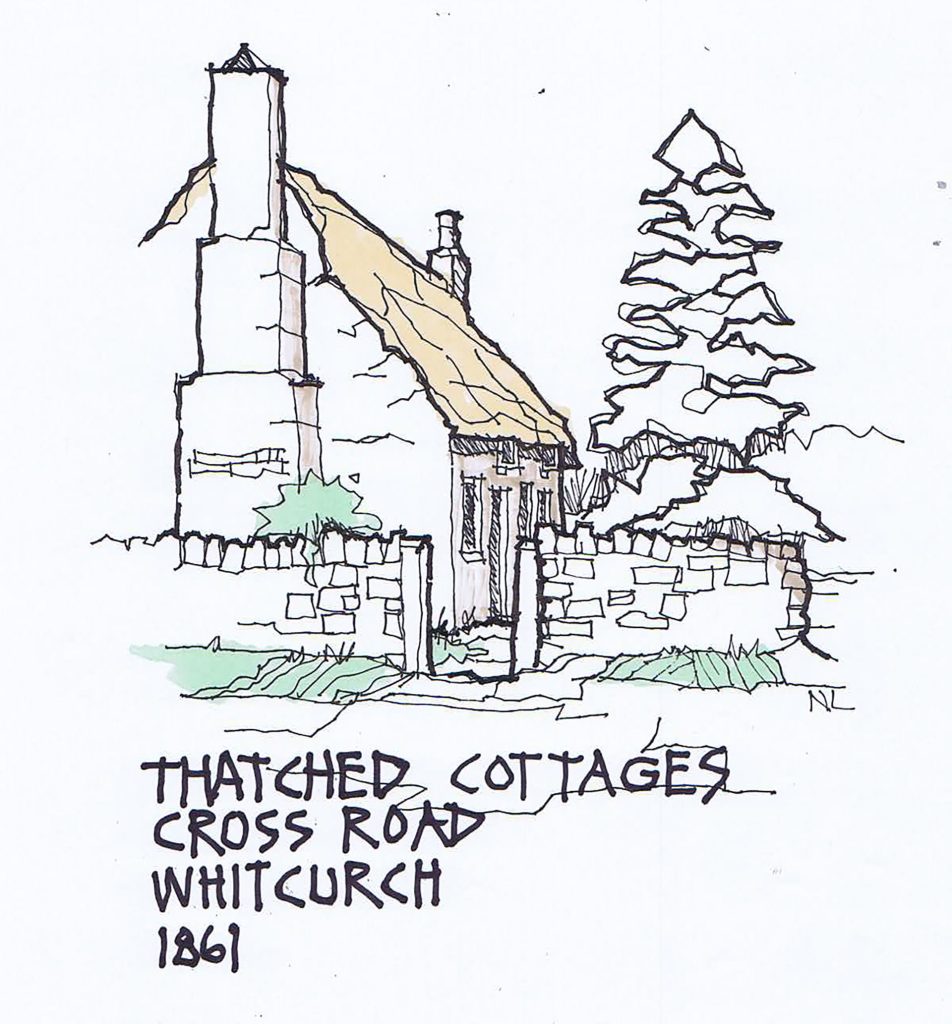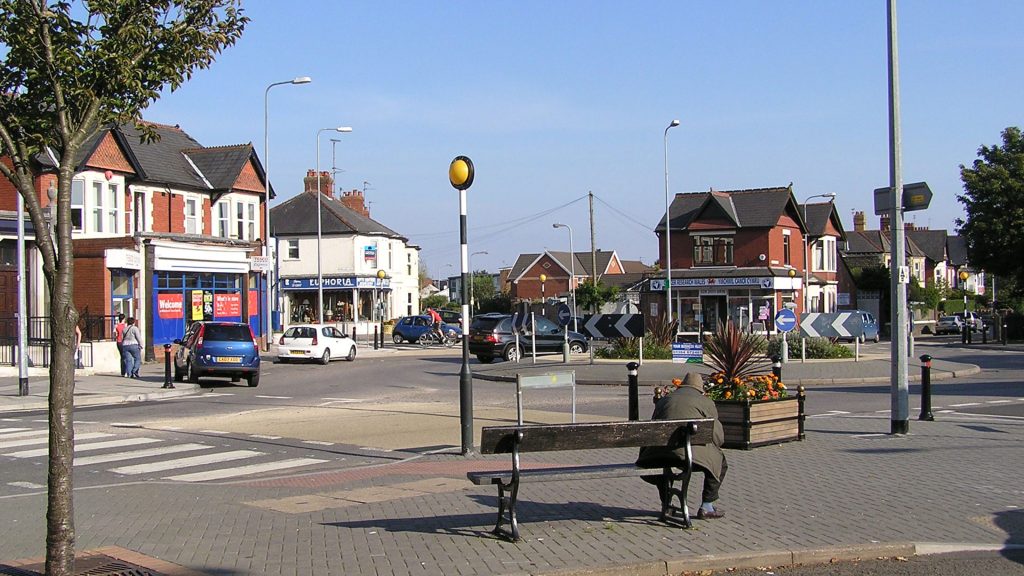Whitchurch: The Crossroads
Much of the history of Whitchurch is known to locals. But what about the unknowns? Nigel Lewis takes an in-depth look
How many of us know the history of Whitchurch? Many would know something of the local stories, and a few might have explored their family histories, discovering a little of the history of our village along the way.
I’m guessing though, that very few have had the opportunity to explore our local history in depth, relying instead on the well-known books by Edgar Chappell and Hilary Thomas, and of course the wonderful old photographs collected by Steve Nicholas.
At Whitchurch Library, AWEN run a lively Reminiscence Group once a month (new members always welcome) where we share, swap and explore our village history. Over the past few years, we’ve discovered so much, and realised we’re only just scratching the surface!
Over the COVID lockdown, I had an opportunity to explore some of the history, and started writing a weekly blog on Facebook, grandly titled ‘101 Things You Probably Didn’t Know About Whitchurch’.
I wanted to include the whole of the ancient parish, so the blogs needed to include not just the Whitchurch Village that we know today, but also Rhiwbina, Tongwynlais, Llandaff North, and Birchgrove.
Using the local reference books, documents provided by the Reminiscence Group and the COVID internet-only reference points, it soon became clear that the project could easily spiral out of control and end up as ‘1001 Things’ instead!
So, where to start? I’d already discovered that the oldest tree in the village is the ancient yew in Old St Mary’s Gardens which started growing about 1641 (a year before the English Civil War started).
Where next? In the census of 1841, I’d found references to ‘The Crossroads, Whitchurch’. Where might this be?
It seems that the Crossroads were a very important spot, located at the junction of the Merthyr Road and Ty’n-y-Pwll Road, where the library now stands. Back then, there was only one building at the crossroads, a pair of very small, and very old thatched cottages, surrounded by fields.

The sketch above shows an aerial view of how the crossroads might have looked in 1841 with the cottages, and Ty’n-y-Pwll Farm just a few hundred metres away. The crossroads were clearly ancient, and would have looked no different hundreds of years earlier.
The roads would have been dusty tracks, stone-finished (probably with lots of ruts and potholes), no pavements or kerbs, and the grass verges and hedges would have been only roughly trimmed, with occasional gated openings into the fields. Ancient Elm and Oak trees would have been growing in the hedgerows.
The crossroads formed the boundaries of at least three farms, Pentwyn, Ty-Clyd and Glannant, and the individual fields mostly had names. Where the library now stands was a Ty-Clyd field called ‘the Ten Acres Cross Road Field’. Many of the others had Welsh names.
It’s hard to visualise what the crossroads would have looked like then, and there were only two roads crossing. There was so little, can you work out what’s missing?
The site of the two thatched cottages is now Coffi Lab (Jennifer’s Gown Shop as was).
The sketch below shows how the old cottages might have looked like back then.

In one of the cottages lived the Richards family. At the time of the 1861 census, William Richards was 75 years old and he was living with his wife Anne and daughter Margaret.
William noted that he was a retired Chelsea Pensioner. He was old enough to have fought against Napoleon in the Peninsular Wars, or even at the Battle of Waterloo. Does anyone know about the military record of William? We’d love to hear.
To add to the fascination of our local history, in the same census of 1861, there was another Chelsea Pensioner family living in the village. In Lower Village (we’re not quite sure where), William Badger, aged 52 (from Worcester), was living with his wife and seven children.
This William was too young to have fought alongside William Richards, but it is intriguing to learn about his children. His first three, John, George and James were all born in Gibraltar. The next, William was born in the West Indies, and the next, Joseph in North America. The youngest two children, Elizabeth and Caroline were born in Gloucestershire and Durham. It would seem that William Badger took his wife and family with him wherever he was stationed around the empire.
By 1871, William Badger had left the area, but his oldest son John was married with his own 2-year-old son, living in Sunnybanks. By 1881, John had left the area too and was living near his parents in Roath.
As a lovely postscript, following the blog, a member of Badger family sent us a photograph of a family heirloom; a brass snuffbox inscribed with the Badger name. Another jigsaw piece to explore another time.
Nigel Lewis is a member of AWEN@thelibrary (awen.cymru@gmail.com)

